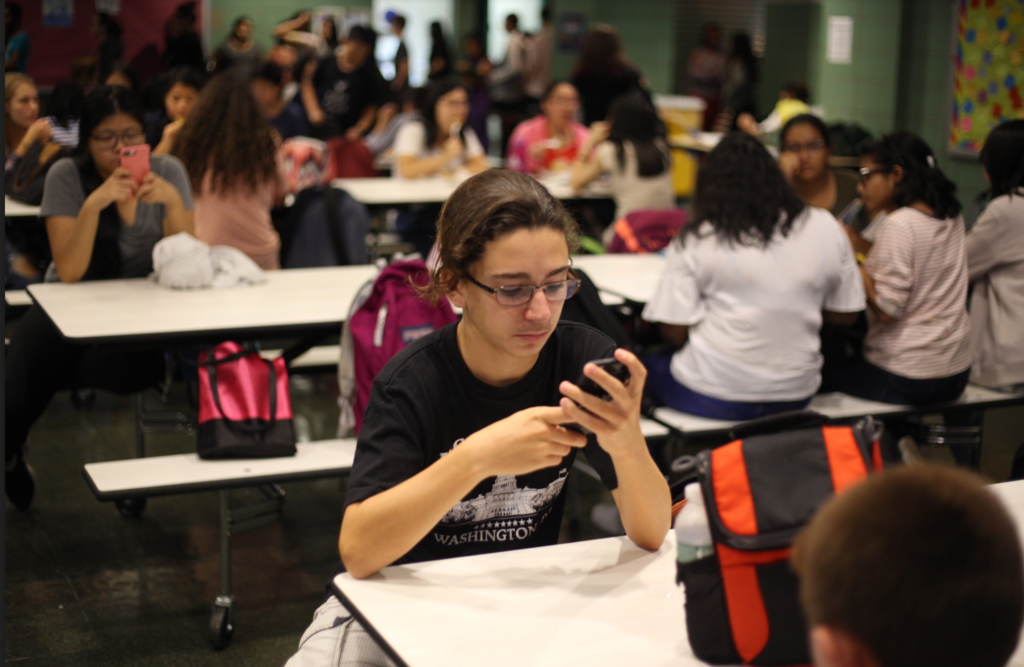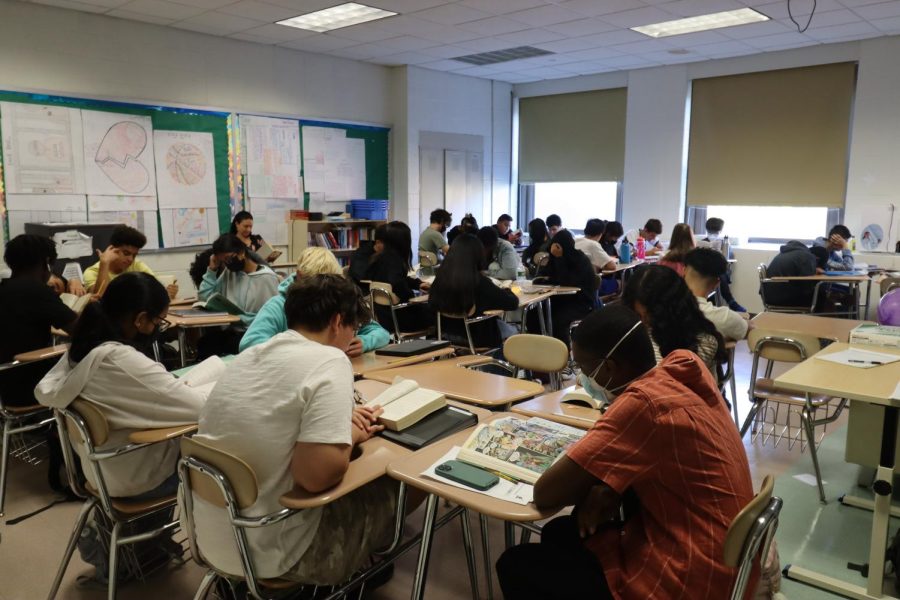
At Townsend Harris, we strive to mirror the real world in numerous ways, and the Election Simulation is no exception. In the Election Simulation, we attempt to recreate the real life election to almost every extent, from the discrepancies in the amounts of funds different candidates get to the ridiculous campaign commercials. But there is one aspect of the real election that is inherently flawed, and these flaws create problems within our simulation.
The Electoral College has been a major component of presidential elections since 1787, when the Constitutional Convention first approved it. Since then, it has continued to emphasize the political divisions that are all too clear in our country. In this past presidential election, the candidates did not do any campaigning except in the 10 or so “battleground” states that they believed were key to their coalition. We highly doubt that any of you were bombarded by ads day and night, urging you to cast your vote for either candidate. However, according to the National Journal, in the state of Ohio the candidates spent $115,961,185 on ads between the two of their campaigns (not including special interest groups).
The demographics of our country are now changing, and they are changing to favor a certain party. This leads to voter disillusionment, as we can’t tell you the number of Republican New Yorkers who have told us that they didn’t vote this year because “It won’t change anything.” While that fact is essentially untrue, it is indicative of what the Electoral College has done to partisan America. Essentially, voters not living in swing states feel disempowered, because as much as one vote counts, in some places, one vote counts more.
At Townsend Harris, we proportion the votes to somewhat imitate the way the Electoral College works. It puts emphasis on our key demographics and forces us to strategize campaigns tailored to certain groups. But what it also does is make us mutter “Get the freshman vote” to ourselves at least once a day (more like once a band). When campaigning, we sometimes ignore the juniors, and completely ignore the seniors, because we are doing what candidates do best – focusing on those with the electoral votes that matter most. Having a “winner takes all” strategy for electoral votes in this country and in our simulation does nothing but encourage conservative Californians, liberal Texans, and apathetic 11th graders not to vote.



























